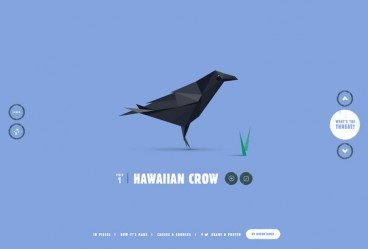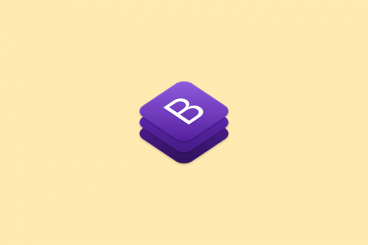
CSS / 23 Aug 2024
Tailwind vs Bootstrap: Pros, Cons & Differences
The main purpose of using a CSS framework is to save time. Why write ten lines of code to create a component when you can do it with just a single line of code.
Both Tailwind and Bootstrap are designed with that goal in mind. The best one to use is only a matter of preference. However, one of these frameworks is clearly superior to the other.
In this post, we’re doing a Tailwind vs Bootstrap comparison to take a closer look at these popular CSS frameworks and figure out which one is best. Let’s dive in and find the most useful CSS framework for your front-end development projects.










